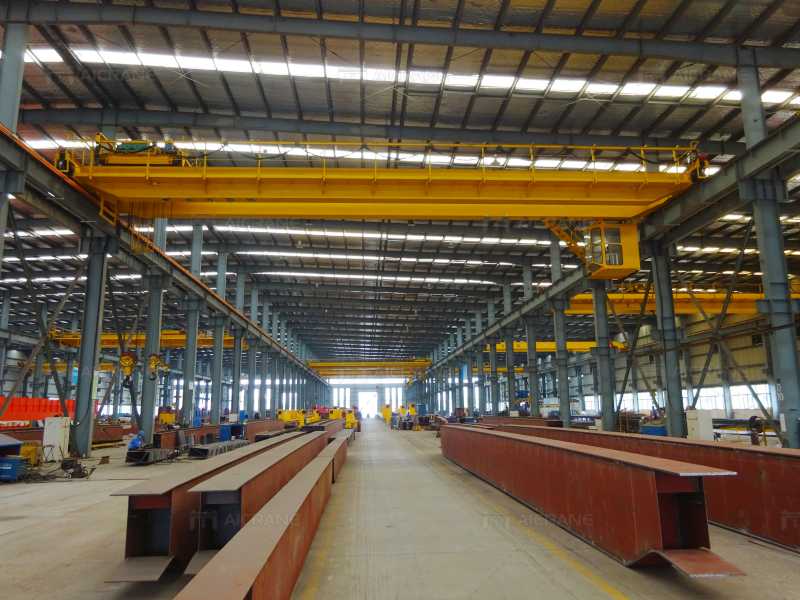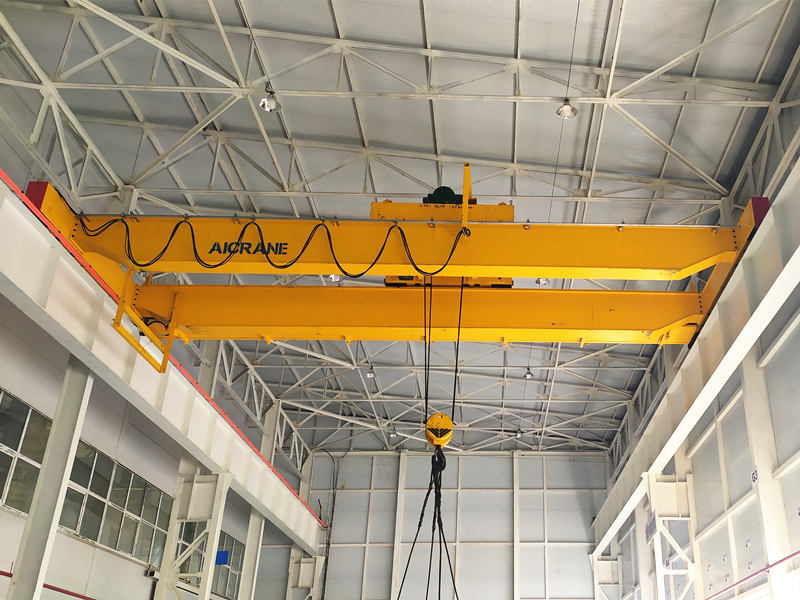The construction and manufacturing industries rely heavily on overhead cranes for efficient material handling and project execution. Among these, 40-ton overhead cranes are particularly sought after for their capacity and versatility in a range of applications. However, the pricing of these cranes is not static; it is influenced by various factors, one of the most significant being seasonal demand. Understanding how seasonal fluctuations impact 40 ton overhead crane price can help businesses make informed purchasing decisions and strategize their procurement plans effectively.

The Impact of Seasonal Demand
Seasonal demand in the construction and manufacturing sectors can fluctuate due to several factors, including weather conditions, project timelines, and economic cycles. These fluctuations directly influence the availability, pricing, and overall market dynamics of overhead cranes.
1. Weather Conditions and Project Timelines
Construction projects often follow specific timelines that are affected by seasonal weather conditions. For instance, in regions with harsh winters, construction activities may slow down significantly, leading to a decrease in the demand for heavy equipment, including overhead cranes. Conversely, spring and summer months typically see a surge in construction activities as favorable weather conditions allow for uninterrupted work schedules.
During peak construction seasons, the demand for 40 ton large overhead cranes can increase significantly. This heightened demand can lead to higher prices as manufacturers and suppliers may struggle to keep up with orders. Conversely, during the off-season, suppliers may lower prices to stimulate sales and clear out inventory, resulting in price fluctuations based on seasonal demand.
2. Economic Cycles and Budgeting
Economic conditions also play a crucial role in determining seasonal demand for construction equipment. During economic booms, there is often an increase in infrastructure projects, commercial developments, and residential construction, leading to a higher demand for overhead cranes. Companies are more likely to invest in new equipment to meet production goals during these times.
In contrast, during economic downturns or periods of uncertainty, companies may postpone or scale back their investments, including the purchase of 40 ton overhead cranes. This reduction in demand can lead to lower prices as manufacturers seek to maintain sales volume and market share. Understanding these economic cycles and their impact on seasonal demand is vital for businesses looking to purchase cranes at favorable prices. If you are interested in knowing more about overhead cranes, you can click this page https://aicranemachine.com/overhead-crane/.

3. Manufacturer and Supplier Inventory Management
Manufacturers and suppliers of overhead cranes often adjust their production schedules and inventory levels based on anticipated seasonal demand. During peak seasons, manufacturers may ramp up production to ensure they have sufficient stock to meet customer needs. However, this increased production can lead to higher costs, which may be passed on to customers in the form of higher prices.
Conversely, during off-peak seasons, manufacturers may reduce production or offer discounts to move inventory. This can create opportunities for businesses to purchase 40 ton overhead cranes at lower prices. Suppliers may also run promotional sales or discounts during slower months to stimulate demand, further influencing seasonal pricing trends. Aicrane is a reliable overhead crane manufacturer and supplier, providing wide range of crane solutions, you can check Aicrane lifting solutions to choose a right one for your operations needs.
Strategies for Businesses
To navigate the seasonal demand fluctuations in the 40 ton overhead crane market effectively, businesses can adopt several strategies:
- Timing Purchases: Understanding the seasonal patterns in crane demand can help businesses time their purchases strategically. Buying during off-peak seasons when prices are lower can lead to significant savings.
- Negotiating Contracts: Businesses can explore long-term contracts with suppliers that allow for price locks or discounts during peak seasons. This can help mitigate the effects of price fluctuations.
- Monitoring Market Trends: Staying informed about market trends, economic indicators, and seasonal demand patterns can provide businesses with insights into the best times to purchase cranes. Industry reports and market analysis can be valuable resources in this regard.
- Exploring Used Equipment: In times of high demand and rising prices, businesses may consider exploring used or refurbished 40 ton overhead cranes. This option can provide substantial cost savings while still meeting operational needs.
- Building Relationships with Suppliers: Establishing strong relationships with suppliers can lead to better pricing and priority access to equipment during peak seasons. Suppliers are often more willing to negotiate prices or provide exclusive deals to loyal customers.
Conclusion
Seasonal demand plays a crucial role in determining the pricing of 40 ton overhead cranes. Factors such as weather conditions, economic cycles, and inventory management practices all contribute to price fluctuations throughout the year. By understanding these dynamics, businesses can make informed decisions about when to purchase cranes, allowing them to optimize costs and enhance operational efficiency.
In a competitive industry where efficiency and cost-effectiveness are paramount, being strategic about purchasing timing can provide significant advantages. As the construction and manufacturing sectors continue to evolve, staying attuned to seasonal demand patterns will remain essential for businesses seeking to acquire the right equipment at the right price.